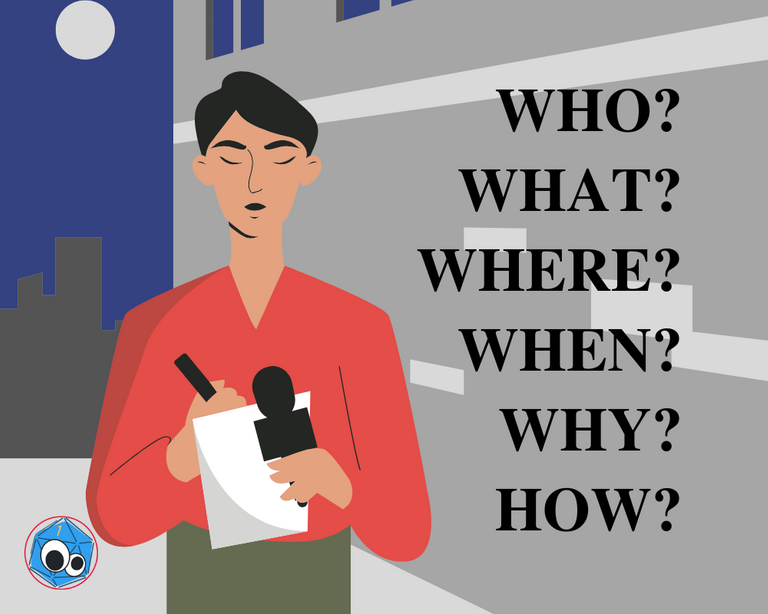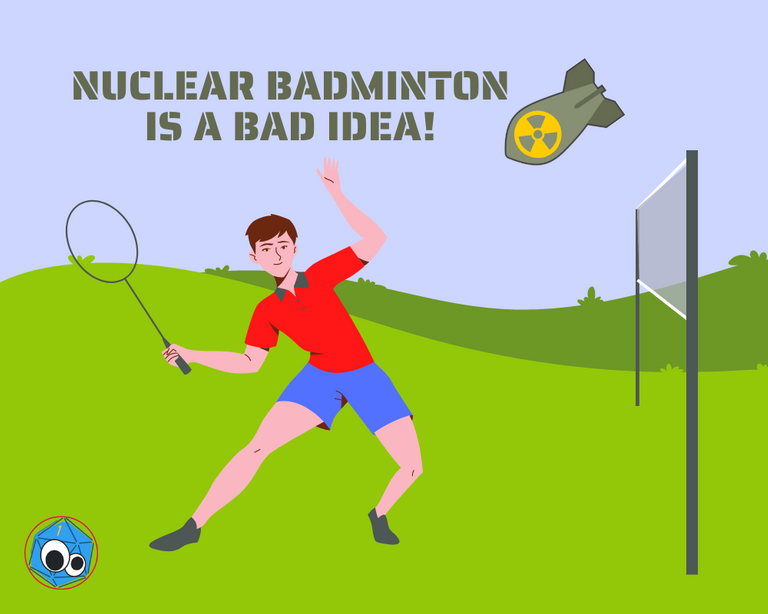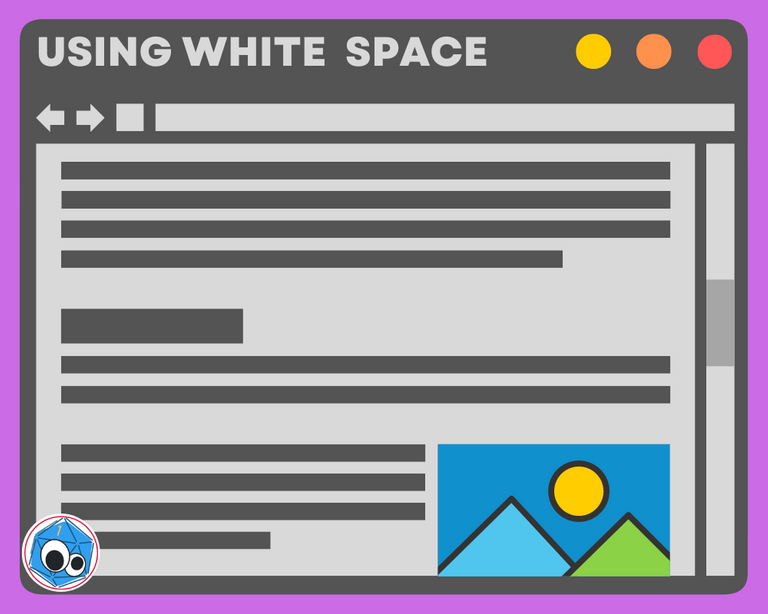Whether looking at blog posts or legacy media outlets, bad writing abounds. What we create will last as long as anyone is operating any witness nodes or keeping an archival snapshot. You can try to become better at clickbait, or you can focus on enduring quality. My goal in this post is to help toward the latter. We're on a blockchain blog. Let's fill it with the best content we can!
Strive For Accuracy
Perhaps you learned the core points of journalism in school, but if you don't remember, a good reporter covers who, what, where, when, why, and how to tell as complete and accurate a story as possible.

Who is involved in the story?
What happened, and what are the verifiable facts?
Where and when did the event occur?
Why did it happen? Here, there is much more room for opinion and error, so tread lightly...
How did events unfold?
This same framework is a good starting point for any non-fiction article, whether it is a how-to post, opinion piece, or independent journalism. Make sure claims can be supported by reference to outside sources if you are not providing original reporting yourself. If you are including a quotation or art from someone else, always give credit where credit is due. Respect content creators the way you would want to be respected, and give readers the tools to verify claims you make.
Craft with Purpose
An informative or persuasive piece probably works best if it follows an established standard structure. Your goal to persuade and inform must be integral to your writing process. These structures have been developed because they serve that purpose well.
The headline or post title is what people see first, so keep it fairly short and simple. I advise against sensationalism and clickbait for any serious subject. Save that for celebrity gossip. The best bet is something short, accurate, and enticing without hyperbole or dishonesty.
Essays are usually written with an introduction of the topic first. After that, the main body contains more detailed analysis and argumentation. The final section ties everything together to offer a conclusion. Footnotes or end notes are included as appropriate, and we can directly hyperlink terms online, too.
In a news article, the first paragraph should cover the basic details of who, what, where, when, why, and how as noted above. Subsequent paragraphs can fill in details as needed. This is less a matter of building to a conclusion and more one of expanding the key details into a full explanation of events, background, and analysis in an orderly fashion.
Avoid Sensationalism
Strive for a level-headed analysis. I don't mean writers shouldn't voice opinions or take sides, but hysteria doesn't help. Is X bad? Maybe. Is X THE END OF THE WORLD AS WE KNOW IT??? Probably not. Well, unless Russia and NATO start actually playing nuclear badminton. You can't really overstate anything at that point.

I made the silly picture above because I thought my phrasing was clever. Your mileage may vary.
That is not to say analysis is disconnected from the facts, only that the two should not be confused. Editorials need editorializing, and opinion pieces need opinions. Jokes, dark humor, and puns have their place if it fits the tone and topic.
Grammar Matters
It should go without saying that spelling, sentence structure, and vocabulary choice make a difference in effective writing. I've been online long enough to know it needs saying anyway.
English in particular has a lot of ways to say something, but a skilled writer knows the best way to say it. Consider your choice of words carefully. Good prose is almost poetic in its own way. Just double-check definitions of obscure words or technical terms to make absolutely sure they mean what you think, and watch out for foreign languages. If I had a nickel for every time I saw someone write voilà as wala on Facebook...
There are a few key concepts to remember, though. Try to avoid run-on sentences, or worse yet, wall-of-text paragraphs. When writing for a general audience, both sentences and paragraphs should be short and simple. It never hurts to make a few revision passes after writing a post to simplify and clarify. Don't be afraid to add definitions or links if a particular term is necessary, but not widely understood, or used in a very specific context.
Ask yourself whether you are writing to your readers, or for your readers. Since this is a semi-formal essay of advice, I have elected to include contractions, and use a slightly conversational tone with the term you" directed to... well, you. Academic papers and formal journalism require their own specific formatting focusing on "just the facts, ma'am." Travelogues may be both informal and informational. Blogging is an art form in and of itself, so there's no harm in experimenting to find your own voice.
Aesthetic Considerations
You may notice my use of italic and bold typefaces in this post. This is also somewhat informal, and chosen for emphasis. Don't over-do it. When in doubt, take it out. Bad writers often abuse these features as if emphasis substitutes for eloquence and evidence. I'm not faultless myself in this regard, and may have overdone it in this very essay. Just remember, the casual reader probably assumes where you fall on the scale of serious to tinfoil hat based on the quantity of needless bold text in any post about science, history, or politics.

The screen and the printed page are different beasts, and formats which work on one may not work on the other. Online articles do not require indenting. Paragraphs look best on a screen when separated by a double space as seen in this post. I just tap Enter/Return twice when I am ready to start another thought in another string of sentences. A good balance of text, images, and "white space" (even in dark mode) seems to help readers follow along with less eye strain and confusion.
Images are a topic unto themselves. These quick-and-dirty illustrations were made in Canva, and the second includes an element from Pixabay. Remember what I said about attribution? Free Canva elements and Pixabay designs don't have restrictive licenses, but I prefer to err on the side of acknowledgement wherever possible. As for colors, typefaces, and layout, I know the basics and some advertising principles, but claim no expertise. If you would like me to delve into that topic anyway, let me know in the comments!
It's hard sometimes. Regarding grammar and all of those fancy stuff, especially when english isn't your first language😂
Although I don't really write professional stuff I just blurt some stuff down.. I do put some effort into the grammar and overall construction of the posts no doubt but ill never be able to get it 100% accurate..
This is worth sharing though, someone else might benefit from it 😊
Mistakes are part of the pain of progress in learning.
Totally agree yet still I am anti apostrophe!
But where do you stand on the matter of the humble Oxford comma?
Well generally I can manage to understand without it, but I suppose it helps more than it hurts. 🙂
These are good points to note when putting a post across for one's audience to digest. Thank you for sharing.
Great work